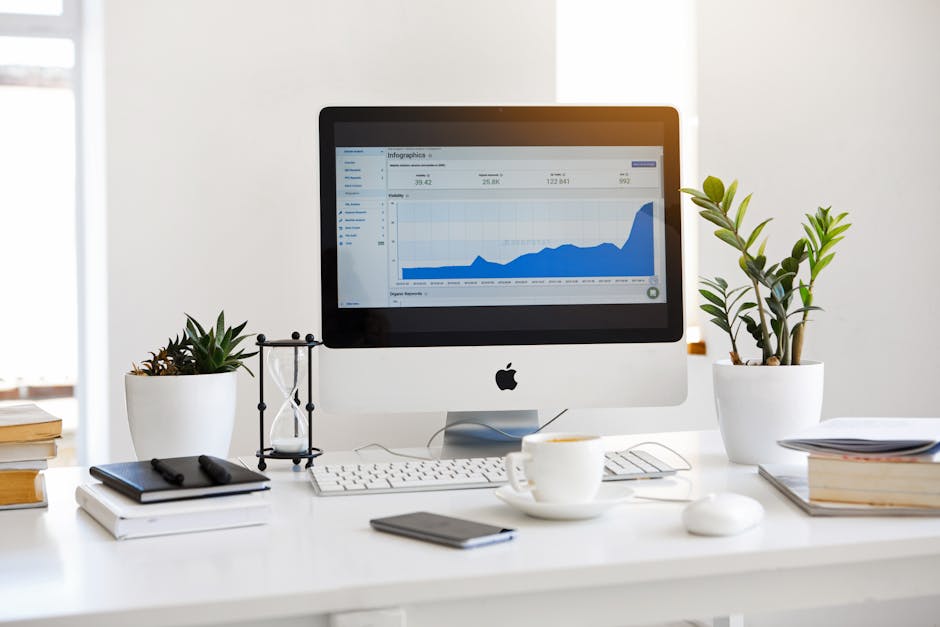Coaches Are Thinking Like Analysts
In today’s sports landscape, coaching goes far beyond instinct. While a coach’s intuition still plays a defining role, it now works in harmony with data driven insights. The game has changed and so has how it’s coached.
From Gut Feeling to Data Backed Strategies
Modern coaching decisions blend experience with empirical evidence. Whether it’s picking the right lineup or adapting mid game tactics, data now plays a central role in shaping outcomes.
Lineup optimization: Coaches use player efficiency stats, matchup histories, and real time fatigue levels to choose who starts and who sits.
Injury prevention: Biometrics and workload tracking help staff make precise substitutions and conditioning tweaks.
Tactical analysis: Detailed opponent data fuels pre game strategy and live adjustments.
The Rise of On Bench Analysts
By 2026, most professional sports teams have elevated data science to front line status not just in the back office, but right on the bench.
Dedicated analysts sit alongside coaches, feeding live insights during games.
In game dashboards provide up to the minute feedback on player performance and team dynamics.
Scenario simulations are run before critical plays to aid decision making.
The result? Coaching is no longer based on observation alone it’s powered by layers of context, probabilities, and predictive modeling. Teams that embrace this shift aren’t just smarter. They’re winning more.
The Numbers Behind the Game
Modern sports coaching isn’t about guesswork anymore it’s about precision. Advanced performance metrics are shifting the way coaches see the field. Speed, fatigue, recovery rates each stat now provides cold, hard insight into a player’s readiness. If your striker is running slower in the second half or your linebacker’s heart rate isn’t spiking under pressure, it’s logged and flagged without guesswork.
Then there’s situation based analytics stuff that used to be instinct. Now? It’s math. When to press high, when to swap out tired legs, when to gamble on 4th down it’s all backed by real time probabilities. What used to be a gut call is now supported by years of situational data, crunched in seconds.
Wearable tech is behind a lot of this shift. Sensors tracking performance during games give coaches live data streams they can act on mid match. It’s not rare to see a substitution triggered not by visible fatigue but by a wearable reporting a dip in stride cadence.
The numbers don’t lie. They’re just finally being listened to.
Player Development Powered by Data
Player development is getting a major upgrade, and it’s all rooted in data. Instead of treating athletes as a unit, teams are now building training regimens based on individual biometric profiles heart rate variability, sleep cycles, muscle recovery times. The result? Smarter programs that target what each athlete actually needs.
Skill progression isn’t just measured season to season anymore. It’s tracked daily, sometimes hour by hour. Coaches can visualize how a player’s free throw consistency or top sprint speed changes week over week, and adjust accordingly. That kind of visibility flips guesswork into strategy.
Then there’s the predictive side. Machine learning models are scanning performance trends and medical history to flag both breakout trajectories and potential injury risks before they’re visible to the naked eye. It’s no longer just about reacting to what happens on the field it’s about staying a step ahead of it.
Data isn’t making athletes better. It’s helping the right work get done, at the right time, on the right body.
A Competitive Edge in College Sports

The data arms race isn’t just for pro teams anymore college programs are going all in. Universities are pouring resources into sports specific data infrastructure, outfitting weight rooms with sensors, hiring developers to build custom dashboards, and giving coaches access to predictive models that rival what you’d see in a Fortune 500 company.
Recruiting is no longer just about tapes and in person looks. Today’s scouts are running prospects through algorithmic filters that flag everything from injury risk to long term growth potential. Some programs even simulate multi season player impact scenarios before making scholarship offers. The idea is simple: find the edge before your rivals do and hang onto it.
This tech heavy approach is reshaping how coaches and recruiters think about talent. Data helps remove the guesswork, exposing underrated gems and calling bluff on hype. But it’s also raising questions around access. Smaller schools struggle to keep up, and athletes without digital paper trails might get missed.
For more on how funding and influence are shaping the college landscape, check out: Is NIL Money Changing College Sports Forever?
When Data Meets Culture
Numbers alone don’t win games. That’s something smart coaches are learning fast. Because no matter how solid the data is, if the players don’t buy in or worse, feel sidelined by statistics it falls flat. Some athletes still trust their routines more than a readout. So the way data gets communicated matters just as much as the metrics themselves.
It’s about translation, not just presentation. Coaches now play dual roles: strategist and interpreter. They’ve got to make numbers feel relevant, not robotic. Instead of dumping charts on a player, it’s showing how a shift in positioning improves endurance late in the game or how a few degrees of elbow angle boosts accuracy. The best coaches don’t let data take the wheel, but they also don’t ignore it. They let it steer, not dictate.
Veterans who’ve been around both pre and post analytics get this best. They know gut instinct still matters but when paired with sharp data insight, it becomes a weapon, not a gamble. The challenge is cultural. And coaches who can bring both worlds together will have teams that don’t just play smart they trust the system behind the strategy.
The 2026 Outlook
As we look ahead, data analytics is not just influencing coaching it’s embedded in the architecture of how elite teams operate. Forward thinking franchises are accelerating their use of predictive modeling, automation, and simulation to stay ahead of the competition.
AI Powered Playbook Simulations
Today’s playbooks aren’t just drawn up by coaches they’re stress tested by algorithms. Teams are using AI simulations to model countless game scenarios, identifying which plays maximize odds based on opponent tendencies, player stamina, and real time environmental factors.
Play sequences are tested virtually before hitting the field
Coaches can run thousands of “what if” scenarios in minutes
AI helps prepare counterstrategies based on opponent data patterns
Data Analysts: From Support to Strategic Core
Analytics staff are no longer background support they’re sitting in meeting rooms, shaping game plans, and influencing key decisions.
Dedicated analysts assigned to positional groups (e.g., offense vs. defense)
Real time feedback during games via sideline data terminals
Full integration into scouting, recruitment, and player development pipelines
Draft and Trade Precision via Data
Front offices are adopting data first approaches to roster moves. From drafting rookies to moving veteran players, organizations rely on deep performance histories, biometric data, and predictive models to guide major decisions.
Prospect value evaluated with multi season data modeling
Trade packages assessed based on projected contribution curves
Injury risk, behavioral trends, and game IQ now part of the data profile
Analytics isn’t just reshaping how coaches make decisions it’s reengineering the entire competitive ecosystem.
Bottom Line
Data used to be supplementary. Now it’s survival. Top tier sports programs don’t treat analytics as extra they treat it like a second coaching staff. Whether it’s load management, play calling, or talent development, decisions backed by clean data tend to outperform guesses and gut alone.
Coaches who evolve with this shift are thriving. They’re learning to interpret dashboards as fluently as playbooks. On the flip side, those clinging to the old ways are already being outpaced by smarter training regimens, sharper scouting, and teams that understand how to turn millions of data points into one clear advantage.
Important to note: data isn’t killing coaching it’s redefining it. The stopwatch and the clipboard haven’t vanished, but the job description’s changed. The best coaches now think like tacticians and analysts. Not robots. Not spreadsheets. Humans, tuned in to signals that used to go unnoticed. That’s the future of sport.
